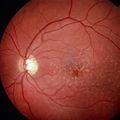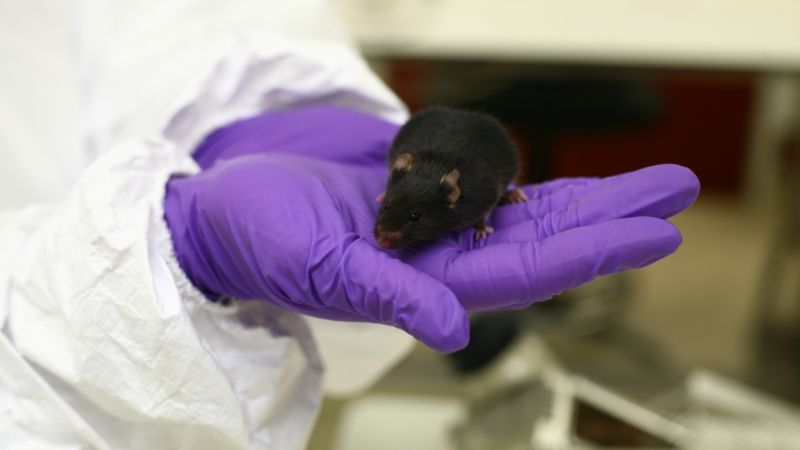 Age-related macular degeneration (AMD) has been linked to the lack of a protective enzyme in the retina. The finding could lead to new treatments for the disease.
Age-related macular degeneration (AMD) has been linked to the lack of a protective enzyme in the retina. The finding could lead to new treatments for the disease.
AMD is one of the leading causes of blindness. The age related disease affects 500,000 people in the UK. One in 50 people over 50 years have the condition.
In the 'dry' form of the disease light sensing rods and cones are damaged in the central part of the retina. This impacts on the central field of vision, causing a black spot to appear which grows progressively bigger. Sufferers can have difficultly reading, driving and recognising people.
Researchers found that an enzyme called DICER1 was less active in sufferers of dry AMD. They then turned off the gene that makes DICER1 in mice. They found the mouse retinal cells were damaged by the build-up of small pieces of genetic material called Alu RNA.
The enzyme DICER1 plays an important role in destroying Alu RNA. Without the enzyme Alu RNA can't be controlled and can build up to harmful levels.
Researchers are now trying to identify molecules that could increase levels of the DICER1 enzyme, or stop the build-up of Alu RNA.
Read more about animal research and blindness here.
Last edited: 6 April 2022 14:52




